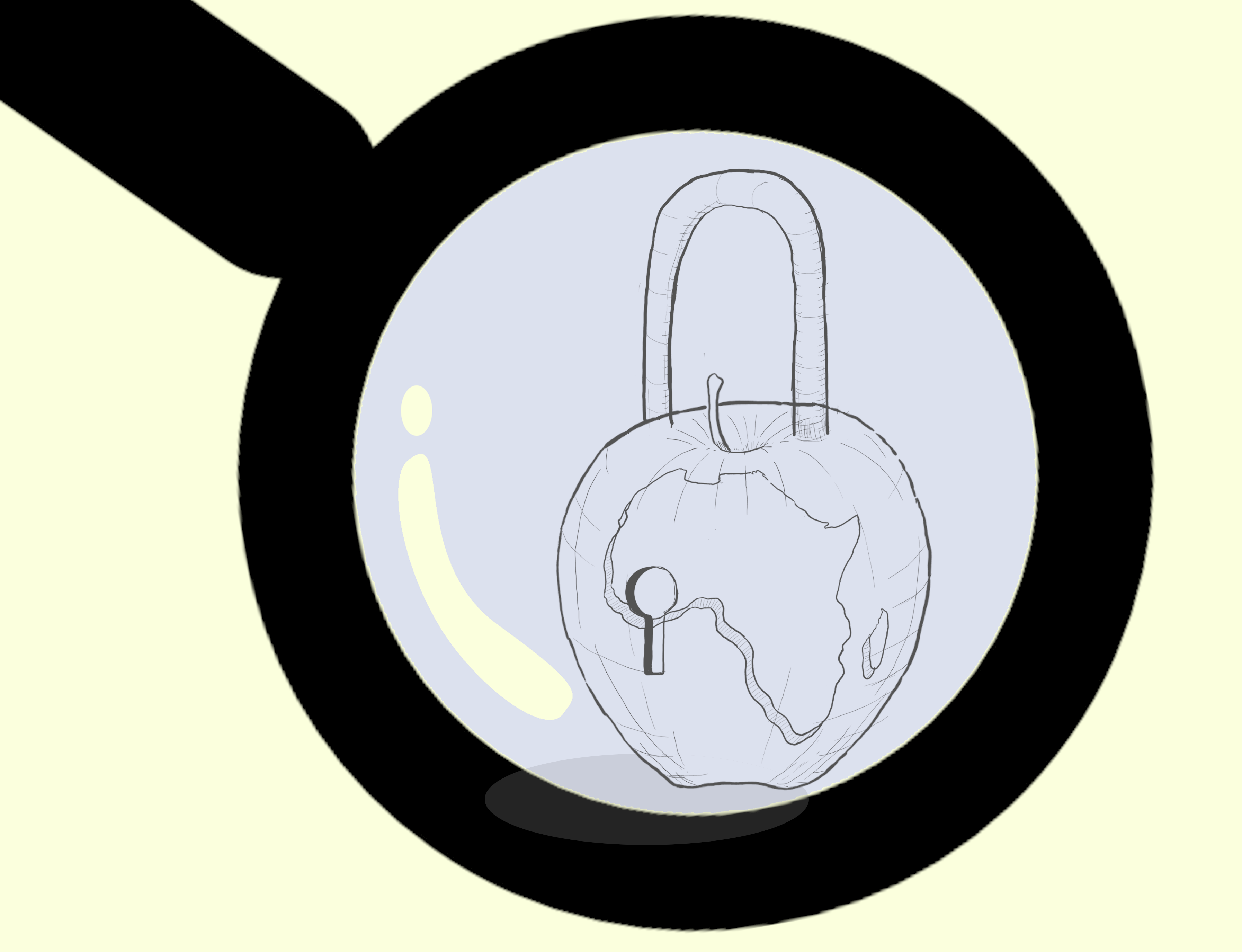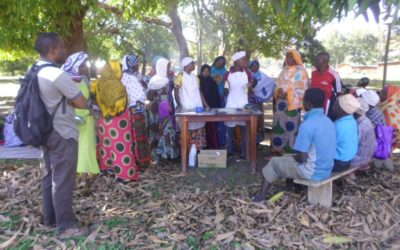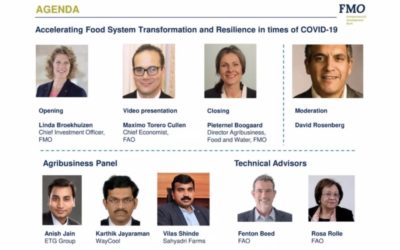SSA staves off food insecurity threat amid lingering issues

Sub-Saharan Africa is known to be a net importer of food. With a combined food import bill of $43 billion (2019), the region spends a considerable amount of its GDP on sourcing agricultural commodities from other countries. At the same time, this region is also strongly dependent on agriculture for employment. These factors, along with other concerns about the transportation and health infrastructure, made SSA particularly vulnerable to the COVID-19 pandemic. Despite these concerns, in terms of food insecurity, SSA has been able to cope with the pandemic better than many expected. It is a worthwhile exercise to see the things that went right in the handling of food insecurity in SSA.
With the onset of the COVID-19 pandemic, institutions like the World Bank and the International Monetary Fund sounded the alarm in SSA, pointing out existing vulnerabilities and projecting damages. The World Bank, in their Poverty and Equity Notes, projected that 26 million more people in SSA would fall into extreme poverty, living on less than $1.90 per day, as a result of the situation. As they predicted, the economy of this region shrank, many people lost their jobs, and supply chains were disrupted. There were significant job losses measured in Nigeria, Kenya, Ethiopia, Uganda and Malawi. However, over a year into the crisis, we find that food insecurity in this region did not take as sharp a turn as expected.
The reasons why this was the case is that farmers and others in agriculture in some SSA countries received assistance from global bodies, governments, and private participants in relaxing bans and other transport restrictions for essential commodities like food. Locally too, governments tried to increase imports and created farmer input support schemes to help farmers with the season ahead. Another reason, and this one out of our control, is that the weather favoured farmers this year.
At the onset of the pandemic, many grain exporting countries were considering banning grain exports as a safety measure. These countries included India, Russia, Cambodia, and Vietnam. SSA, a net importer, relies on these exports for its staple grains. As a result of instructions from the G20, and upon seeing that their stocks ensured their own security, these nations lifted their bans. This was a crucial detail, and should set a precedent for future crises – that maintaining a smooth flow of essentials between countries should be a priority.
Governments of Zambia, Rwanda, Tanzania, Kenya, Nigeria and Malawi also increased the amount of grains they imported. They also began support programmes for farmers in October 2020, for the 20-21 harvest. This programme supplied farmers with the inputs they would need for a successful harvest in the coming year. The government of South Africa notably responded by providing income to vulnerable families. These are key takeaways in terms of responding on a national level. It is important to note that these programmes may fall victim to mismanagement or corruption.
The Southern and Eastern regions of the African continent received above average rainfall in the summer of 2020-21, leading to good harvests, something that helped this season and may cushion this region to the next. The numbers suggest that this will be a good season for crops other than just staple grains, and also for livestock. This stroke of luck has kept this region from falling into long term food shortages. The time that this has bought should be used to plan for coming years, to strengthen rural agricultural facilities, infrastructure, and transportation. To store and sell their crops, and to avoid a catastrophic shortage of food, farmers need an injection of resources.
It is important to note that SSA’s net food-importer status is an oversimplification of the matter. On closer inspection, research by Brookings revealed that Nigeria, Angola, the Democratic Republic of the Congo (DRC), and Somalia account for most of SSA’s net agricultural import position. “Nigeria alone is a net agricultural importer of over $5 billion per year, while Angola, the DRC, and Somalia account for another $5 billion per year combined,” the Brookings report reads. These nations are either involved in the export of oil and minerals, or suffering from conflicts. Both these factors adversely affect their ability to be self-sufficient with regards to agriculture.
The report goes on to show that whereas Sub-Saharan Africa’s food imports have remained relatively flat for almost a decade, exports have been steadily rising. “Indeed, the region imported roughly $40 billion per year over the past four years while it exported roughly $35 billion,” the report says. Another factor that the reports puts forward is that the majority of trade conducted by African countries is with countries outside Africa. It is recommended that African nations, future talks about the African Continental Free Trade Agreement (AfCFTA) notwithstanding, come together to smoothen the flow of commodities between each other.
Many fears about the economic future of SSA linger on today, and the next hurdle might be lurking around the corner. Researchers looking at global hunger point out that the number of food insecure people in SSA, based on its current trajectory, will continue to rise, regardless of the optimism that their initial handling of the COVID-19 situation has generated. his isn’t a prophecy that must come to pass, but a projection made based on current knowledge. I believe that if resources are directed to the vulnerable, rural farming communities, if their storage systems are improved, and if adequate transport systems are built in their regions, African nations will find the means to get through this crisis and the next.
Continue Reading
Where are the young farmers?
With the siren song of urban centres in their ears, rural youth search for reasons to practice agribusiness in the countryside.
The Smart Food of the Future
The ETG Farmers Foundation (EFF) contributed to a Smart Food initiative, carried out chiefly by the International Crop Research Institute for Semi-Arid Tropics (ICRISAT), in addition to nutrition workshops it held with farmers to promote pulses as food.
Transforming food systems to build resilience
Presenters and panellists at a recent webinar I attended shared their views on how resilience can be built into the production, processing and distribution stages of food supply chains, in anticipation of the fallout from the pandemic.




0 Comments